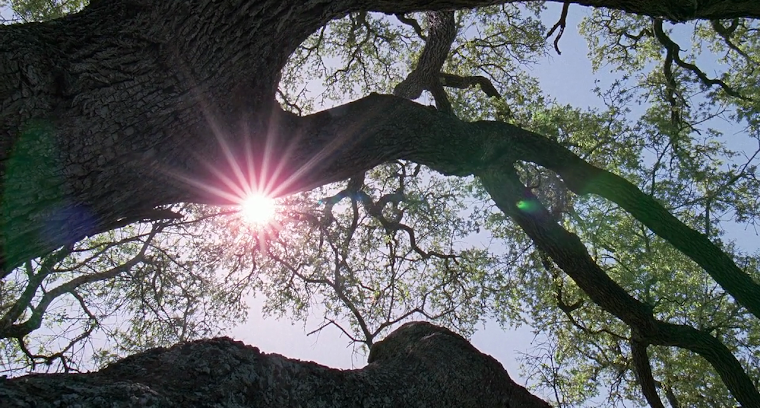 The only thing missing here is a Prada bag, perhaps?
The only thing missing here is a Prada bag, perhaps?In retrospect, the British people lost their heads in the weeks that followed Diana Spencer’s death. In retrospect, the Americans lost their heads in the weeks that followed Ronald Reagan’s death. And in retrospect, the Australians lost their heads in the weeks that followed Steve Irwin’s death. In all 3 cases, ordinary people who barely knew the deceased wept and mourned in the streets, hailing the dead person to be the best/most influential person whose passing has left the world impoverished, etc etc. Considering how most of these people were unfamiliar with what the Princess of Wales, Ronald Reagan, and Steve Irwin really did and the chaos they wrecked in real life, one can imagine the consternation of the Queen when faced with a people who have apparently gone collectively insane. But that’s in retrospect, and the Queen must deal with a raving mob out for her blood first...
In Stephen Frear’s The Queen, Helen Mirren plays the monarch whose crown sits rather uneasily on the head in the events of the week following Diana’s traffic accident in Paris. The film is a very fictionalised account of how the Queen changes her mind for a very private funeral with no public comments and grieving, with some help from Tony Blair (Michael Sheen). Ordinarily, a movie like this would attract a crowd of royalty-obsessed voyeurs (Diana’s cult extended famously to the US) and the odd historian, but the true gem here is Helen Mirren’s acting. She pulls off at least 3 different kinds of monarch in this single movie alone – a queen accustomed and defined, yet confined, by protocol and sensible behaviour; a queen who is out of touch with her subjects; and a queen who gradually realises to her shock and worry that she is out of touch with her subjects. It’s very difficult to pull off since the subject of Helen Mirren’s portrayal is not known for emoting widely, but the actress delivers a performance that is subtle and nuanced – and multifaceted at the same time.
Frear’s fly-on-the-wall realisation of Peter Morgan’s script provides viewers a look at the protocol and minutiae that cocoon the royals (and stifled Lady Diana). Are the royals pampered, irrelevant elites? Interestingly, the up-close approach also humanises the senior members of the family: the Duke of Edinburgh and the Queen Mom strangely remind you more of those slightly cranky and eccentric folks from an afternoon soap than the owners of various castles. But you will do well to remember this entire movie is a fictionalisation of events and characters: Prince Philip makes none of his infamously politically incorrect quips in this movie (my advice to Stephen Frear: cast Borat as the Duke next time!), Prince Charles does not have ears that look like a mug’s handles, and the royals do go on and on to explain the intricacies of protocol (should Diana have a royal funeral? Should the flag be flown at half mast at Windsor Castle?) in a way that suggests it’s more for the director’s purpose of exposition than a genuinely daft obsession with customs. Although the film does offer this as the reason for the Queen’s PR disaster post-Diana might be due to that. Weaker still is a side-plot about a stag hunt that has the queen acting in a very uncharacteristic manner in her moment of epiphany.
As a historical film and slight social commentary on the relevance (or lack of) of the royal family, The Queen is spot-on. As a character-based film, it certainly manages to evoke sympathy for a very difficult protagonist. Yet as a political film, The Queen might be just about as out of touch with reality as its Queen. While the monarch clearly intimidates and dominates Blair in their first meeting, the movie sets out to portray the Prime Minister as a modernising leader and the saviour of the monarchy, with the Queen’s minor makeover a triumph of his excellent PR skills and spin doctor Alistair Campbell. One only needs to consult the newspaper to consider that the fruits of Blair’s decade in office has been the collapse of the NHS through his reforms, an income gap wider than when he took office, the money for honours scandal, the PR massaging of the Iraq War, his disinterest in public opinion against the invasion of Iraq, and the presidential transformation of his office and diminution and sidelining of Parliament and Question Time. When it comes to Blair and his cabal of greasy spin doctors, The Queen has a disturbing lack of self-awareness and satire, and comes off as playing the story too straight.
Thankfully, the drama in this film centres far more on the Queen than on the Prime Minister. Minor quibbles on the non-political angle of the story aside, Helen Mirren’s performance is of masterclass calibre and makes for repeated watching.
First published at incinemas on 4 January 2007












